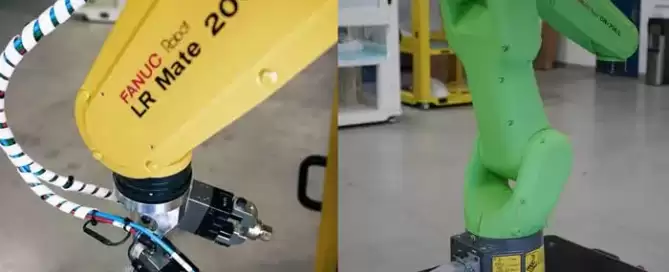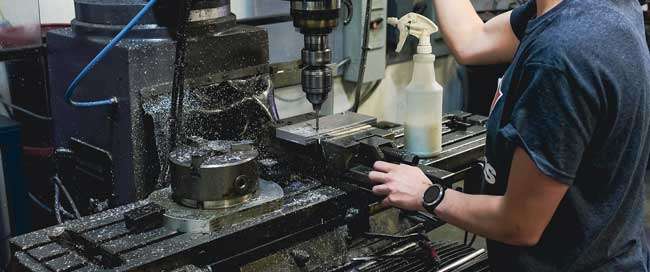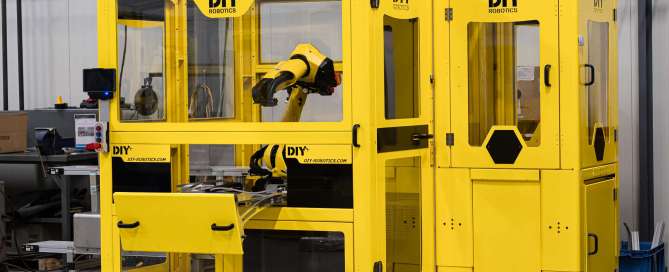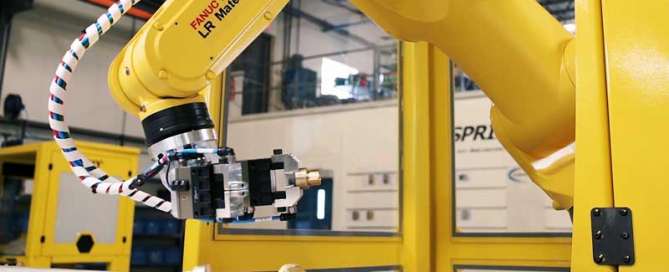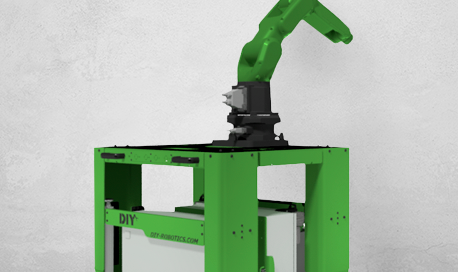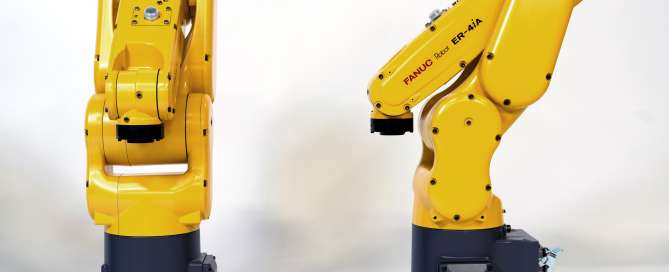The Differences between FANUC LR MATE and FANUC CR ROBOT
Each year, around 1.6 million twins are born around in the world. Some are identical and some are not. But even identical twins are not completely identical. The same could be stated regarding the FANUC CR robots and the LR Mate series robots. They may look like twins because they share similar physical designs with very little differences, but they are both quite different in many aspects. The major difference can be noted in their working speed, environment, and safety. To better understand the FANUC LR MATE and CR Robots, we should review their capabilities, similarities and differences.

